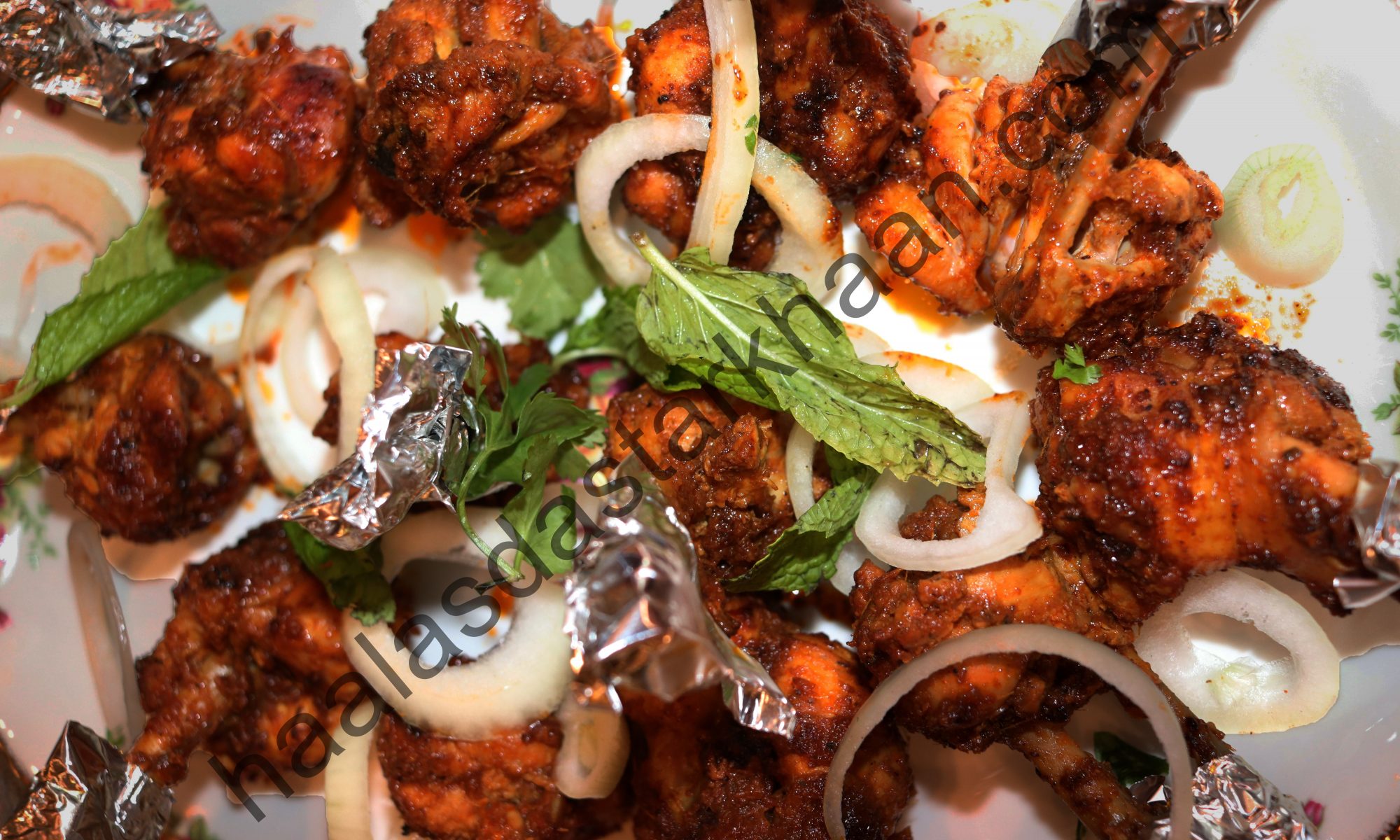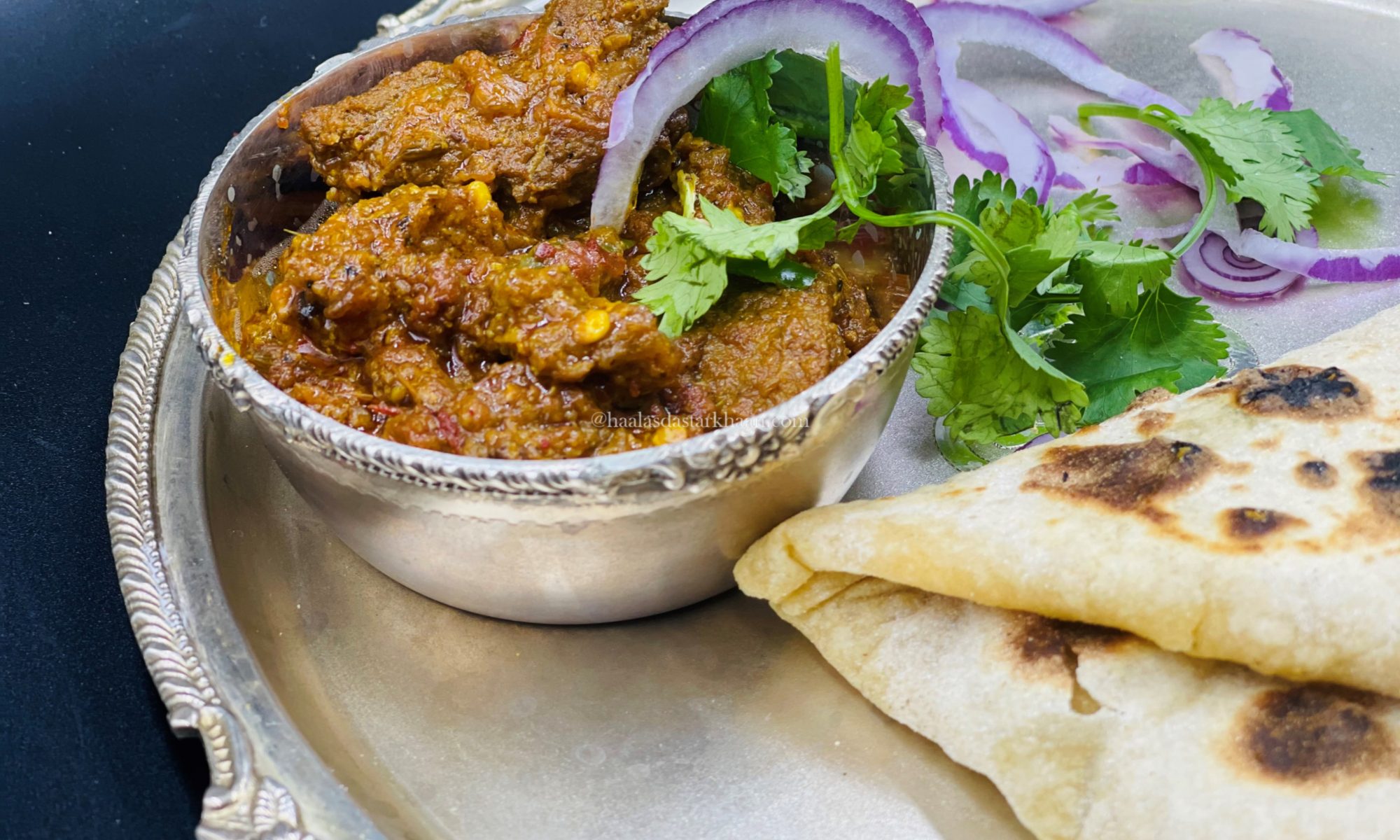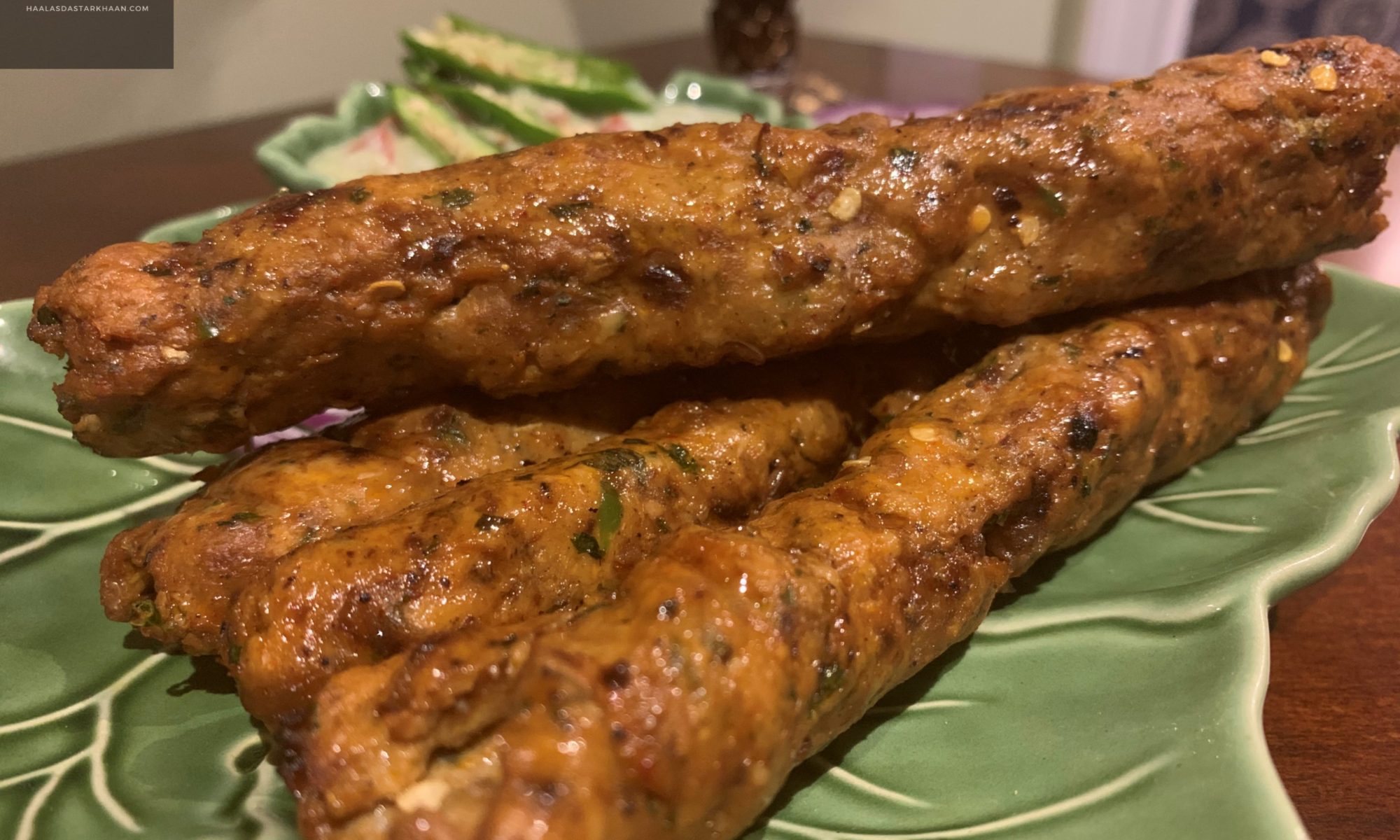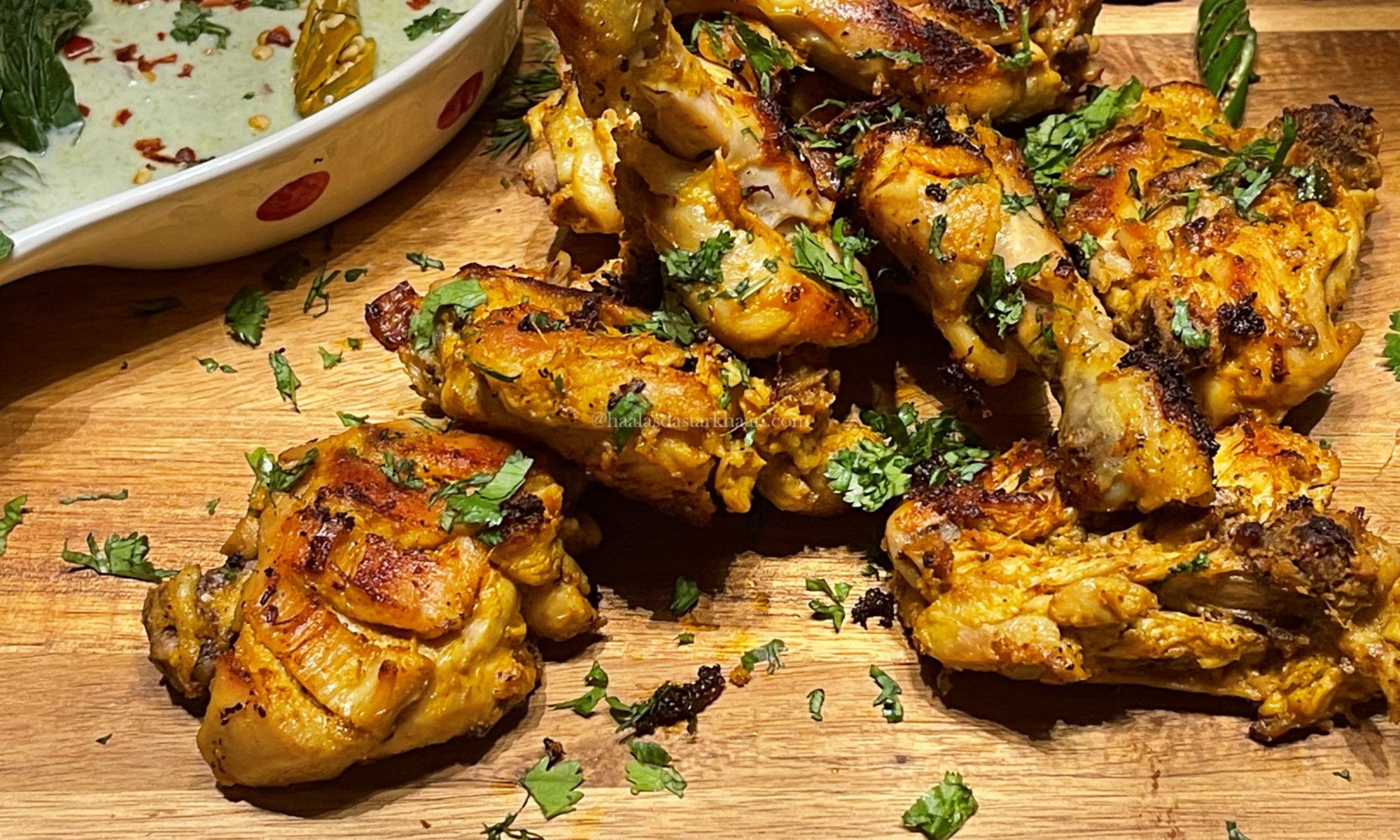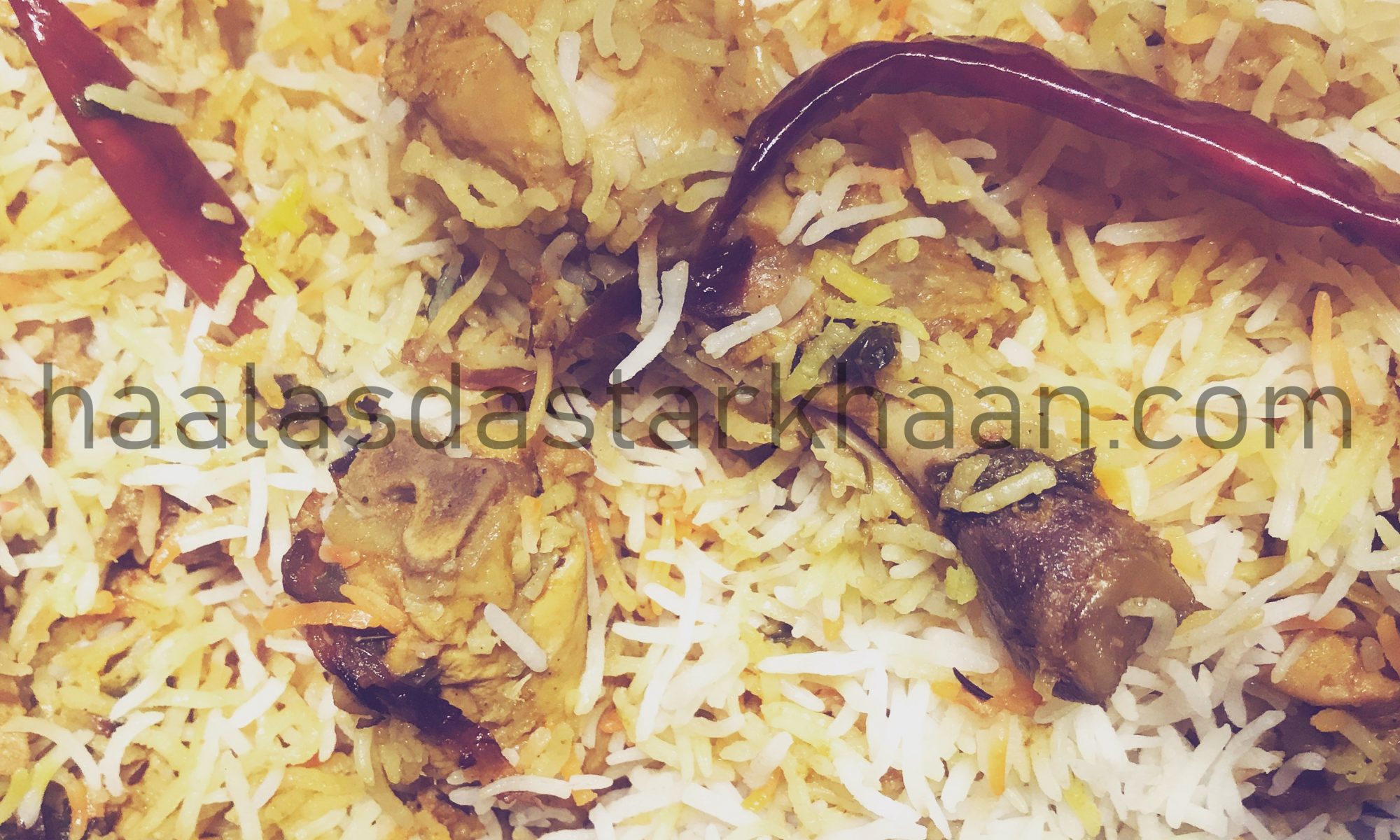Laal Maas is a traditional dish from my hometown, Jodhpur. It traces its roots back to the royal kitchens of the Rajput families, where it was considered a specialty. The dish was often prepared with the meat from animals hunted by the royals themselves—a bold, fiery curry that reflected both their adventurous spirit and love for rich flavors.
Laal Maas is still incredibly popular today. From the royal kitchens, it has made its way into restaurants across Jodhpur, where chefs continue to prepare it in their own styles—adding subtle twists while keeping the recipe close to its original roots.
This is my version, inspired by the many places where I’ve tasted Laal Maas and the flavors that stayed with me.
Many people from outside Rajasthan assume that Laal Maas is a common local dish, cooked regularly in every non-vegetarian household, especially among the Muslim community. But that’s not the case. In reality, Laal Maas belongs to the royal cuisine of Jodhpur, a legacy of the Rajput kitchens rather than a part of everyday home cooking.
I usually boil the mutton pieces before starting the curry. It not only cuts down the overall cooking time but also helps the meat absorb the spices better. The result is tender, juicy mutton that’s rich in flavor and perfectly spiced in every bite.
This curry is made with ghee—oodles of it! In Rajasthan, we take great pride in cooking our rich, traditional dishes with generous amounts of ghee. It adds a deep, distinct flavor that defines our cuisine.
That said, I like to mix a little oil with the ghee. These days, it’s not always easy to cook—or digest—food made entirely with pure ghee. But if you’re brave enough (and not counting calories), go ahead and cook it the authentic way, using only ghee. And if you’re more health-conscious, like Mr. Parveez, you can use just oil and add a teaspoon of ghee at the end for that signature aroma.
This recipe is relatively easy to make and can be prepared by beginners, with truly delicious flavors.
